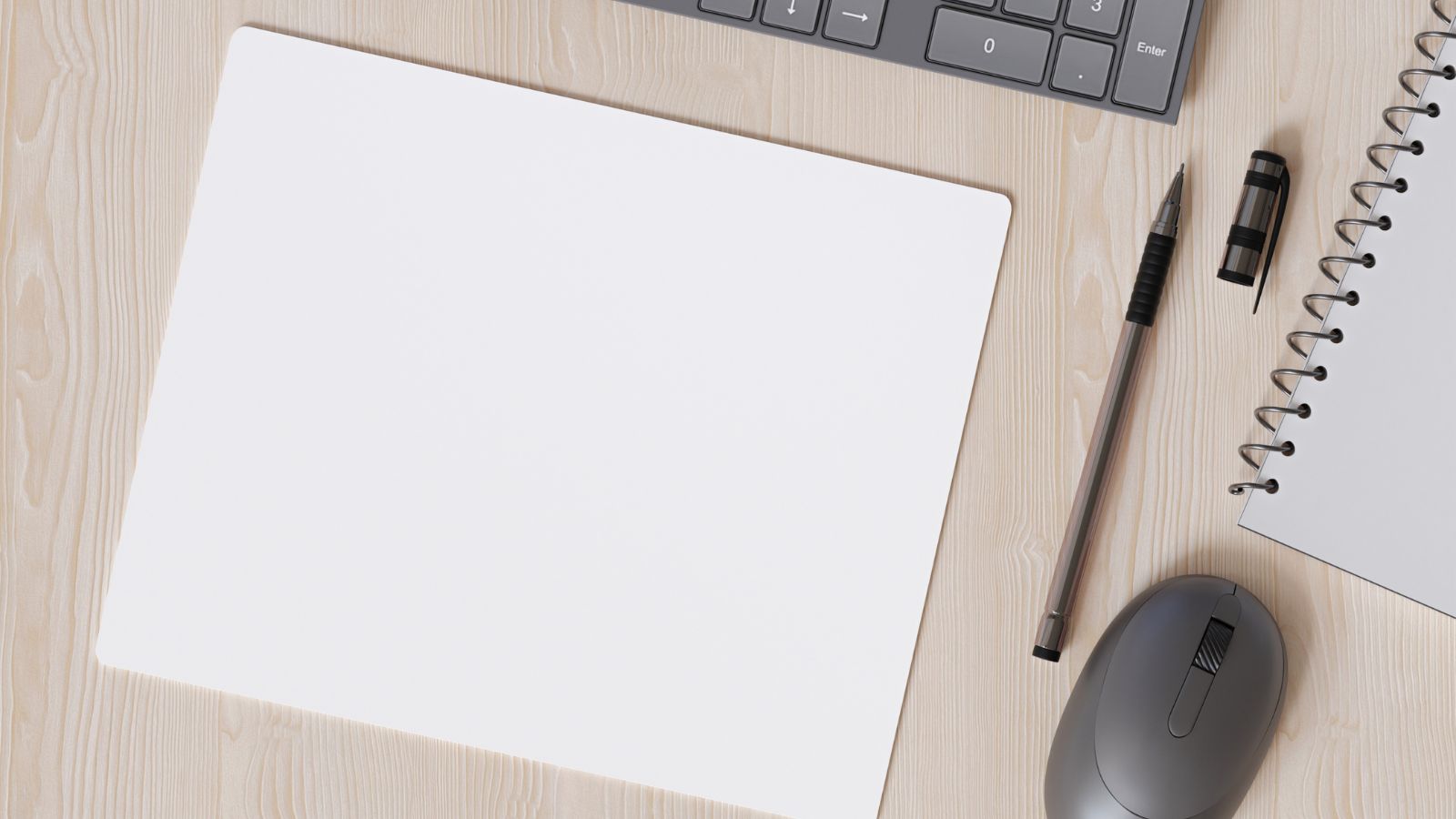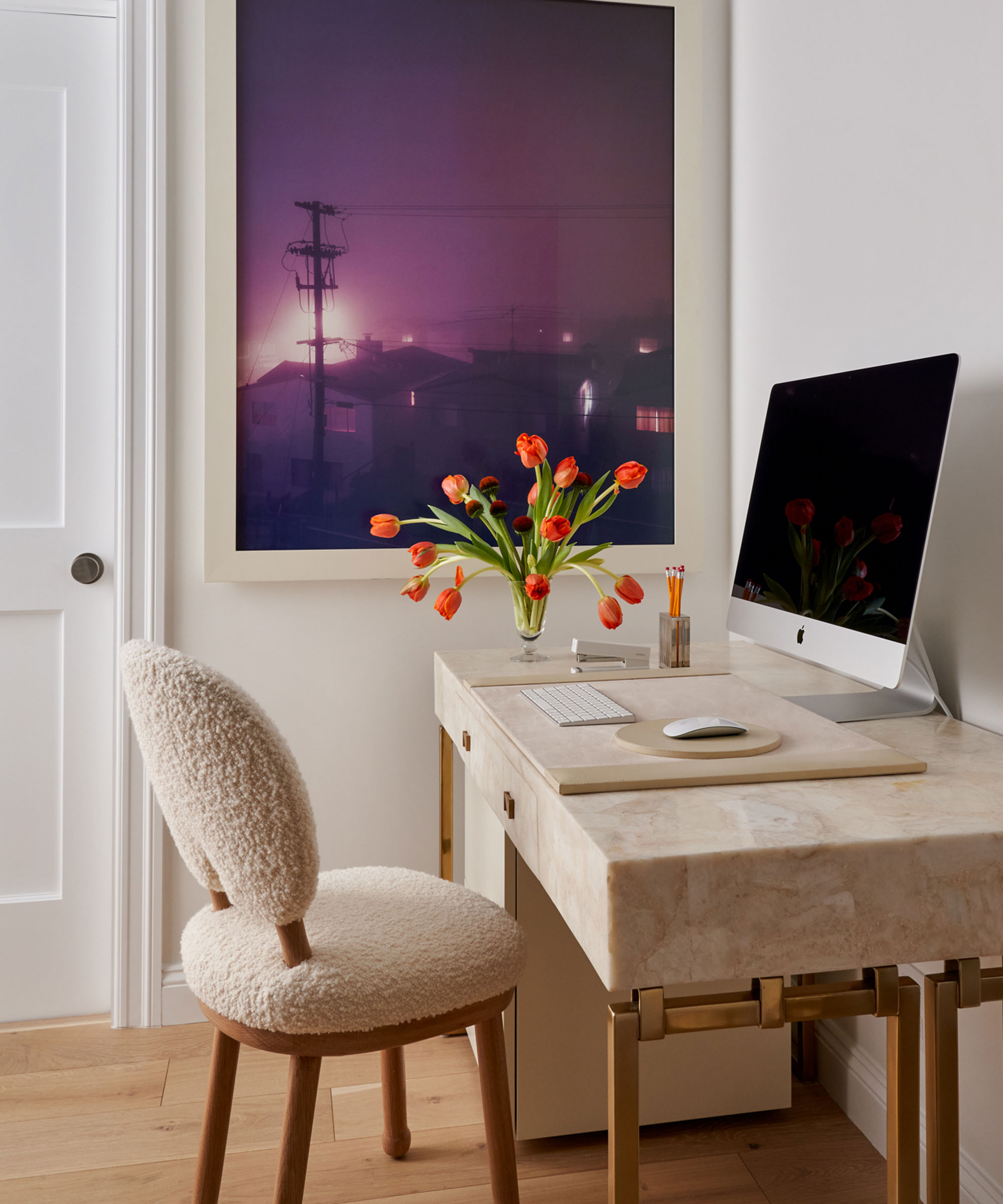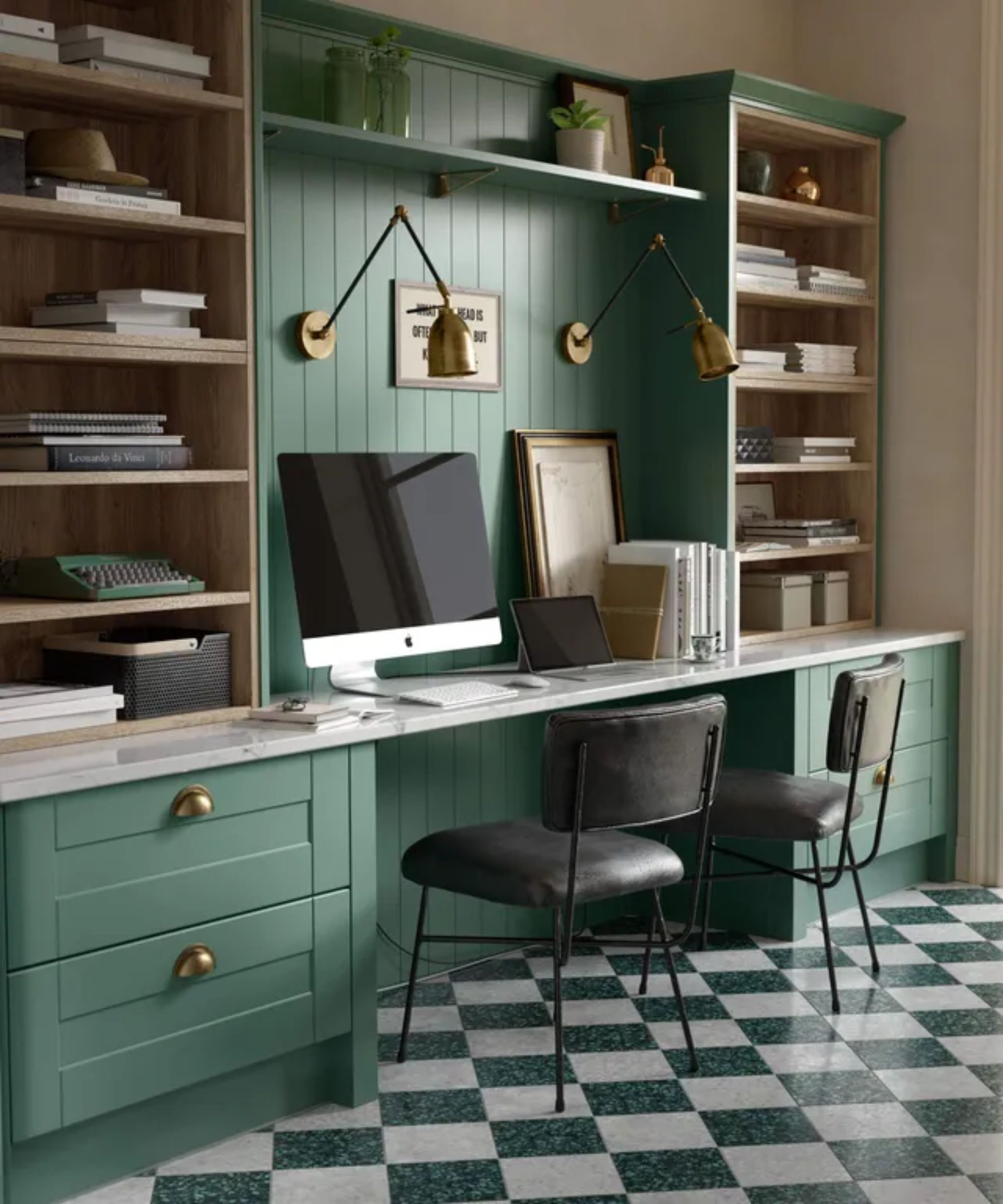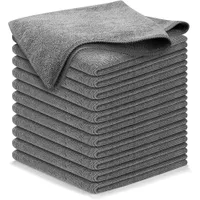Your mouse pad could be harboring hidden grime and bacteria – this is how to clean it
You'd be surprised how a dirty mousepad can throw off your workflow – so stop subconsciously adding friction to every digital task and learn how to clean it


As someone who spends countless hours at my desk – whether tackling tasks or planning the next getaway – keeping my workspace spick and span is an absolute must. However, amidst the routine cleaning, one thing that often slips my mind during cleaning but can be a trap for all sorts of dirt, dust, and bacteria is my mousepad.
A grimy mousepad can be a serious productivity killer – not to mention undermine your beloved office aesthetic – so adding your mouse pad to your cleaning checklist is an essential step in ensuring a hygienic and tidy space. Additionally, for those of you who have neglected this for a while, a deep cleaning of your mouse pad may also be in order.
While it may seem a simple task, adhering to the proper cleaning tips for your type of mouse pad is essential for keeping it in pristine condition and ensuring a spotless and hygienic home office.
How to clean a mouse pad
When it comes to the ideal mousepad cleaning regimen, you have to consider the material and how heavily it is used.
'Taking the time to clean your mouse pad gently and correctly can enhance your gaming or working experience, ensuring smooth, hygienic use for years to come,' advises Eliana Coca, cleaning expert at E.C. House Cleaning.
1. Dust it off

Start by gently brushing off any loose dirt and debris from the surface of the mouse pad using a soft-bristled brush or a lint roller. This simple step helps remove surface dust and prepares the pad for deeper cleaning and disinfecting.
This iLifeTech Reusable Sticky Picker Lint Roller at Amazon is highly reviewed and will do the job nicely.
Design expertise in your inbox – from inspiring decorating ideas and beautiful celebrity homes to practical gardening advice and shopping round-ups.
2. Clean it according to the material
For basic cloth or rubber mouse pads, begin by using a solution of white vinegar and water in a 1:2 ratio to wipe your mouse pad. A weekly refresh using this solution should help to keep these types of pads fresh.
Next, create another solution using lukewarm water and a small amount of dish soap. 'Use a soft cloth or sponge to lightly scrub the surface of the mouse pad in circular motions,' advises Eliana Coca. 'This method lifts dirt and grime without damaging the fabric or the pad's integrity. Be cautious not to oversaturate the pad.
For a more thorough clean and if the material allows, you can soak the mouse pad and use a sponge or old toothbrush to gently scrub any dirt off the mousepad.
Aluminum or glass pads tend to require less frequent deep cleaning, but skin oils and the inevitable desk snack debris can still build up over time. For these, use a streak-free glass cleaner to dampen a microfiber cloth and wipe these types of pads periodically. We recommend this Zep streak-free glass cleaner from Amazon.
'After cleaning, ensure that the pad is rinsed thoroughly with clean water to remove any soap residue, and let it air dry completely before using it again,' recommends Eliana Coca.
'If you have a machine-washable mouse pad, you can toss it in the washing machine, placing the mouse pad in a mesh laundry bag to protect it during the wash cycle,' recommends Vanessa Terra Bossart, owner of Green Terra Cleaning. 'Consider washing it in cold water and a gentle, eco-friendly detergent to minimize energy consumption and environmental impact.'
Regardless of the material, it's always wise to test any cleaning agents on an inconspicuous spot initially to check for color changes or damage.
USANOOKS Microfiber Cleaning Cloth| Was $15.99, now $9.99 at Amazon
Microfiber cloths are an essential addition to any household cleaning supply list, perfect for gently cleaning anything from your mousepad and mouse to your keyboard and laptop screen.
3. Spot treat stains

'For stubborn stains or spills, you might need to use a specialized cleaner, designed for the mousepad's material type,' says Vanessa Terra Bossart:
- Apply a small amount of the cleaning solutions directly to the stained areas.
- Use a soft-bristled brush, sponge, or cloth to gently dab at the stain until it lifts. If this doesn't work, apply some pressure and gently scrub the stained area in circular motions. Avoid doing so too vigorously to keep from damaging the surface of the mousepad.
- Once the stain has been lifted, blot the area with a clean, damp cloth to remove any excess cleaning solution or residue.
- If the stain hasn't cleared completely, you may need to repeat this process, potentially using a different cleaning solution, such as baking soda for grease stains or one tablespoon of dish soap, one tablespoon of white vinegar, and two cups of warm water to remove red wine stains.
4. Let it air dry
'After cleaning, air drying is the way to go. Lay the mouse pad flat on a clean towel or drying rack in a well-ventilated area, away from direct sunlight and heat sources,' says Vanessa Terra Bossart. 'Avoid using a dryer, as it may damage the mouse pad's surface.'
5. Disinfect the surface

Next, it's time to disinfect your mousepad. This step should always come after cleaning because the disinfectant won’t be able to effectively target the germs and bacteria if it is covered with dust and residue that should be removed during cleaning. Sanitizing the mousepad will reduce the remaining germs on surfaces after cleaning.
'To disinfect your mouse pad without harsh chemicals, consider using eco-friendly alternatives such as white vinegar or tea tree oil,' recommends Vanessa Terra Bossart. 'Dilute the disinfectant with water and spray it lightly onto the surface of the mouse pad. Allow it to sit for a few minutes before wiping it off with a damp cloth.'
Ensure the mousepad has dried completely before using it.
After cleaning, for fabric mouse pads, we recommend applying a fabric protector spray to add an extra layer of protection against liquid spills and stains. This step can help prevent the need for frequent deep cleaning as long as you regularly wipe down your mousepad. You can try this Scotchgard fabric shield from Walmart.

Lola Houlton is a news writer for Homes & Gardens. She has been writing content for Future PLC for the past six years, in particular Homes & Gardens, Real Homes and GardeningEtc. She writes on a broad range of subjects, including practical household advice, recipe articles, and product reviews, working closely with experts in their fields to cover everything from heating to home organization through to house plants. Lola is a graduate, who completed her degree in Psychology at the University of Sussex. She has also spent some time working at the BBC.
